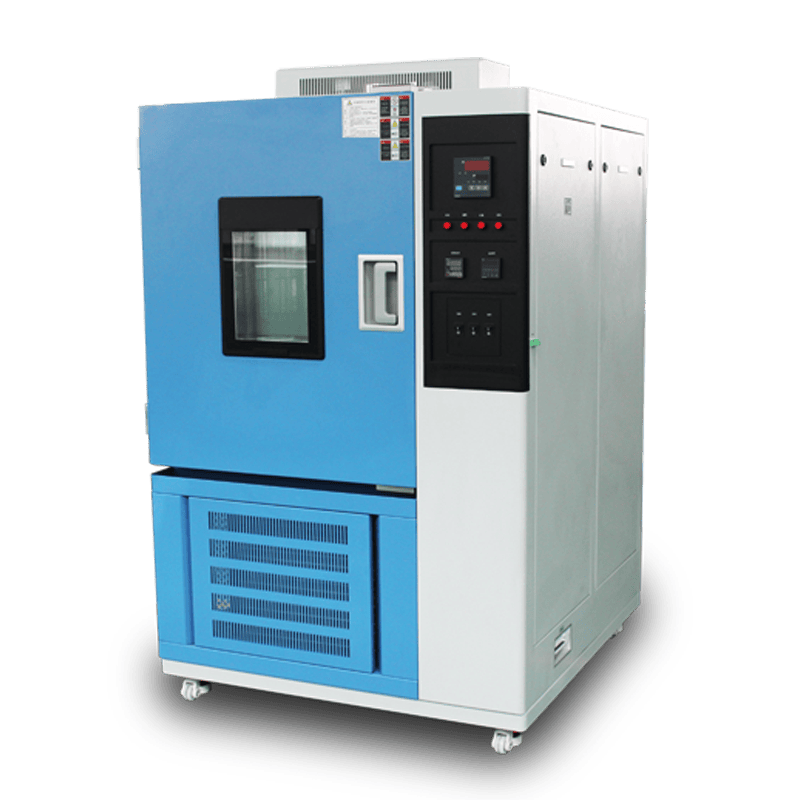In industrial testing and product development, high and low temperature humidity chambers are essential equipment. They can simulate various environmental conditions, providing a basis for evaluating product stability and reliability. However, the significant price differences among similar products on the market often leave many buyers puzzled: Are high-priced chambers truly worth the investment? Are cheaper products necessarily inferior? Below, we’ll uncover the truth behind the price differences in high and low temperature humidity chambers.
-
Materials and Craftsmanship
High-quality high and low temperature humidity chambers typically use superior materials and craftsmanship. For example, premium stainless steel interiors resist corrosion and extend the equipment’s lifespan, whereas ordinary materials are prone to rust and deterioration in humid environments. Thus, differences in materials and craftsmanship directly impact the chamber’s price. -
Precision of the Control System
Some high-end chambers are equipped with advanced control systems and sensors, offering more precise temperature and humidity control. This is particularly critical for industries with extremely stringent testing requirements, such as aerospace, automotive, and electronics. Although the initial investment is higher, it is worthwhile compared to potential testing errors and product losses in the long run.

-
After-Sales Service and Technical Support
Higher-priced brands often provide more comprehensive after-sales service and technical support. For instance, services like equipment maintenance, troubleshooting, and operational training can significantly reduce operational risks for businesses. In contrast, cheaper devices may lack such guarantees, leading to higher hidden costs over time. -
Differences in Application Fields
The market offers various models of high and low temperature humidity chambers tailored to different industries and testing needs. Some high-priced products may be customized for specialized industries with unique functionalities, while low-cost options are often suited only for general testing. Therefore, purchasing decisions should be based on actual requirements rather than price alone. -
Reputation and Brand Value
Brand recognition and reputation also influence pricing. Well-known brands, recognized for their superior product quality and comprehensive service systems, command higher prices. In contrast, newer or lesser-known brands often rely on lower prices to attract customers. When making a choice, it’s important to consider user reviews alongside price.
The price differences in high and low temperature humidity chambers stem from multiple factors, and it’s not simply a case of "expensive equals better." When purchasing, companies should weigh factors such as materials, technology, after-sales service, application fields, and brand reputation to select the equipment that best meets their needs. Only then can they ensure optimal testing performance while maximizing cost-effectiveness. We hope this article provides valuable insights for your procurement decisions!












